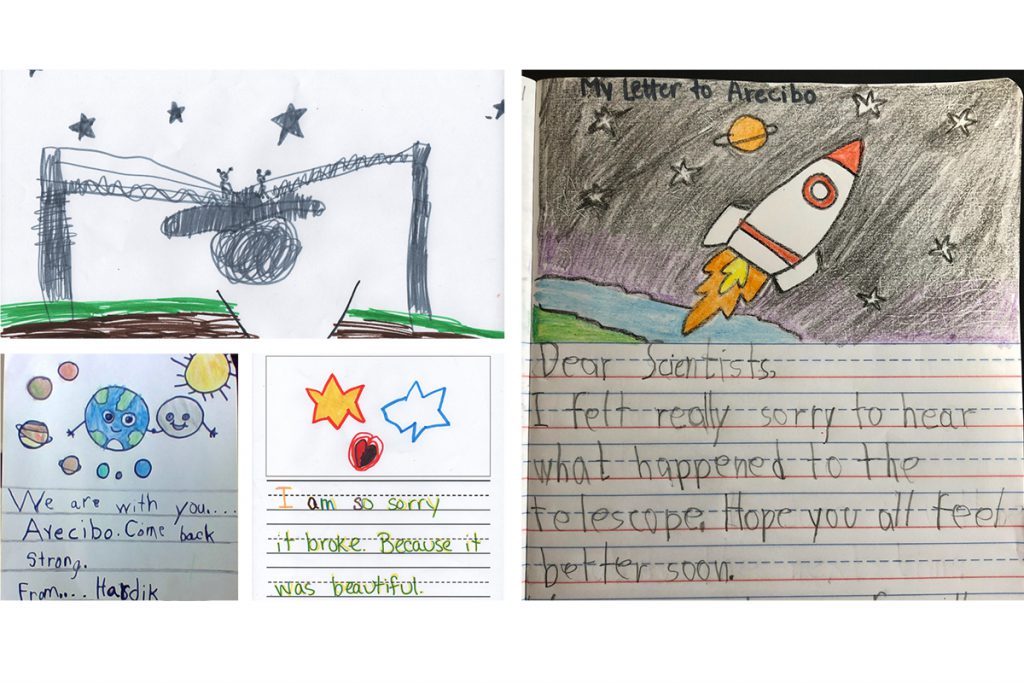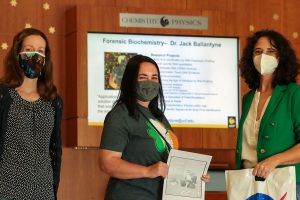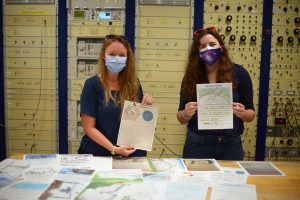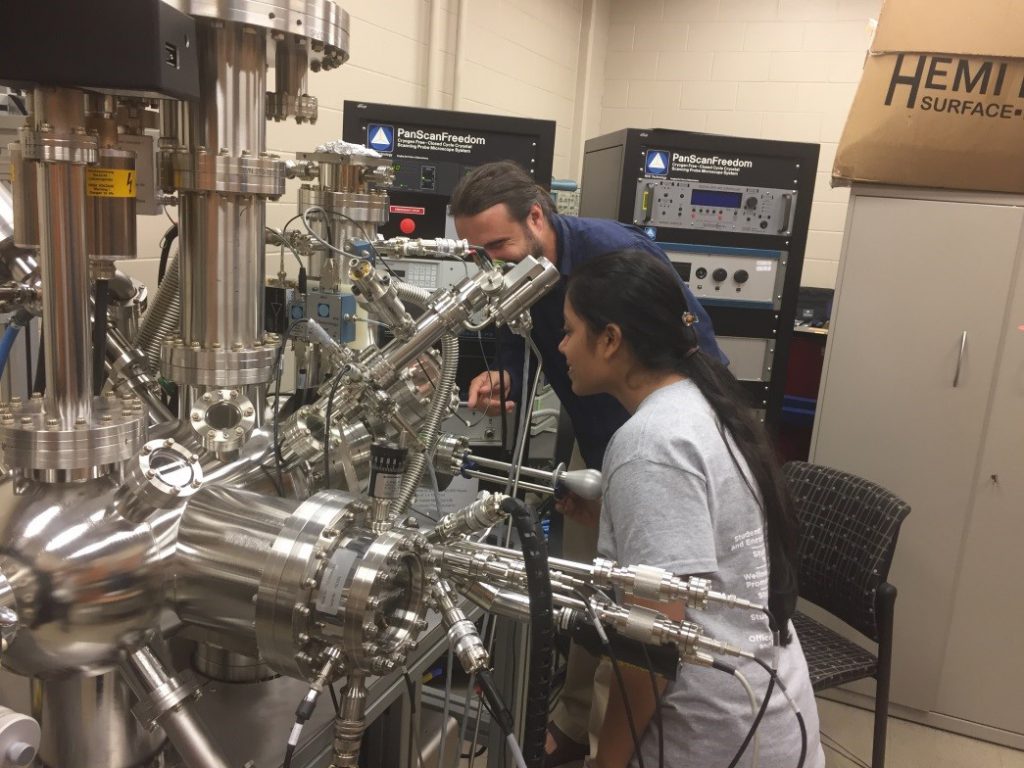The letters are the latest outpouring of support for the Arecibo Observatory and its telescope, which collapsed in December 2020.
BY ROBERT WELLS | MARCH 22, 2021

“Pull yourself up with happyiness (sic). We are with you Arecibo, Come back strong. I’m so sorry it broke. Because it was beautiful.”
These are the words of Orlando-area schoolchildren who recently wrote nearly 100 letters of support to the scientists at the National Science Foundation’s Arecibo Observatory, which is managed by UCF and is located in Puerto Rico.
The letters are the latest outpouring of support for scientists who used the facility’s telescope, which collapsed in December 2020.

“It started with an activity to explore the students’ creative and literary side — write a letter to the Arecibo scientists,” says Rachel Hallett-Njuguna, a STEM resource teacher at Goldsboro Elementary Magnet School in Sanford.
“Overwhelmingly, the students were extremely sympathetic to the situation and were eager to write or draw something that would cheer up the scientists,” she says of the children. “A few of our students are from Puerto Rico and knew about Arecibo, and some even had heard about the collapse.”
The Arecibo Observatory, built in 1963, was the most powerful single-dish radio telescope in the world until its collapse. It has created a lasting legacy in science and inspired many to pursue study science and technology.
The telescope not only helped uncover mysteries of the universe, such as gravitational waves, but it also protected Earth by tracking near-Earth objects, such as asteroids. Other parts of the observatory are operational, and scientists continue to work with data collected before the collapse.

Allison Smith, a preeminent postdoctoral scholar at the Arecibo Observatory and UCF, says during one of their regular meetings of all the science teams, a colleague shared the letters with them for inspiration.
“After the collapse, the support from the scientific community and the general public was incredible,” she says. “But receiving the letters from the children made me realize the impact of the observatory was even more far-reaching than I thought. They are paying attention and very interested in what we do in science and outer space.”
Last week Hallett-Njuguna, the Sanford teacher who led the writing project, stopped by UCF to visit UCF Planetary Scientist Adrienne Dove. Hallet-Njuguna reached out to Dove years ago for help with fun, space-related projects her students could work on.
“It’s been amazing to see what her students do, and their wonderful creativity on their projects,” Dove says. “Her passion for space is evident, and she clearly inspires that in her students, as well.”
It was through Dove that Hallett-Njuguna connected with scientists at Arecibo including Noemi-Pinilla-Alonso who is based at UCF’s Florida Space Institute but leads a group at Arecibo.
Pinilla-Alonso also had an opportunity to stop by and say hello. She gave Hallet-Njuguna a thank-you letter from the staff at Arecibo and a custom comic featuring Greg, the observatory’s mascot, who is surrounded by children’s letters.
“I have wanted to meet Rachel from the moment that we started receiving these letters to let her know in person how much this has meant for us at Arecibo,” Pinilla-Alonso says. “It is probably not a surprise that we had a pretty rough end of 2020, which had already been a challenging year for everyone. Even with that, the Arecibo staff has managed to keep working with enthusiasm. Sharing these letters with them was a breath of fresh air that gave us fuel to stay put and to believe that there is a future for big and innovative science projects in Puerto Rico to inspire the next generations of discoverers.”


